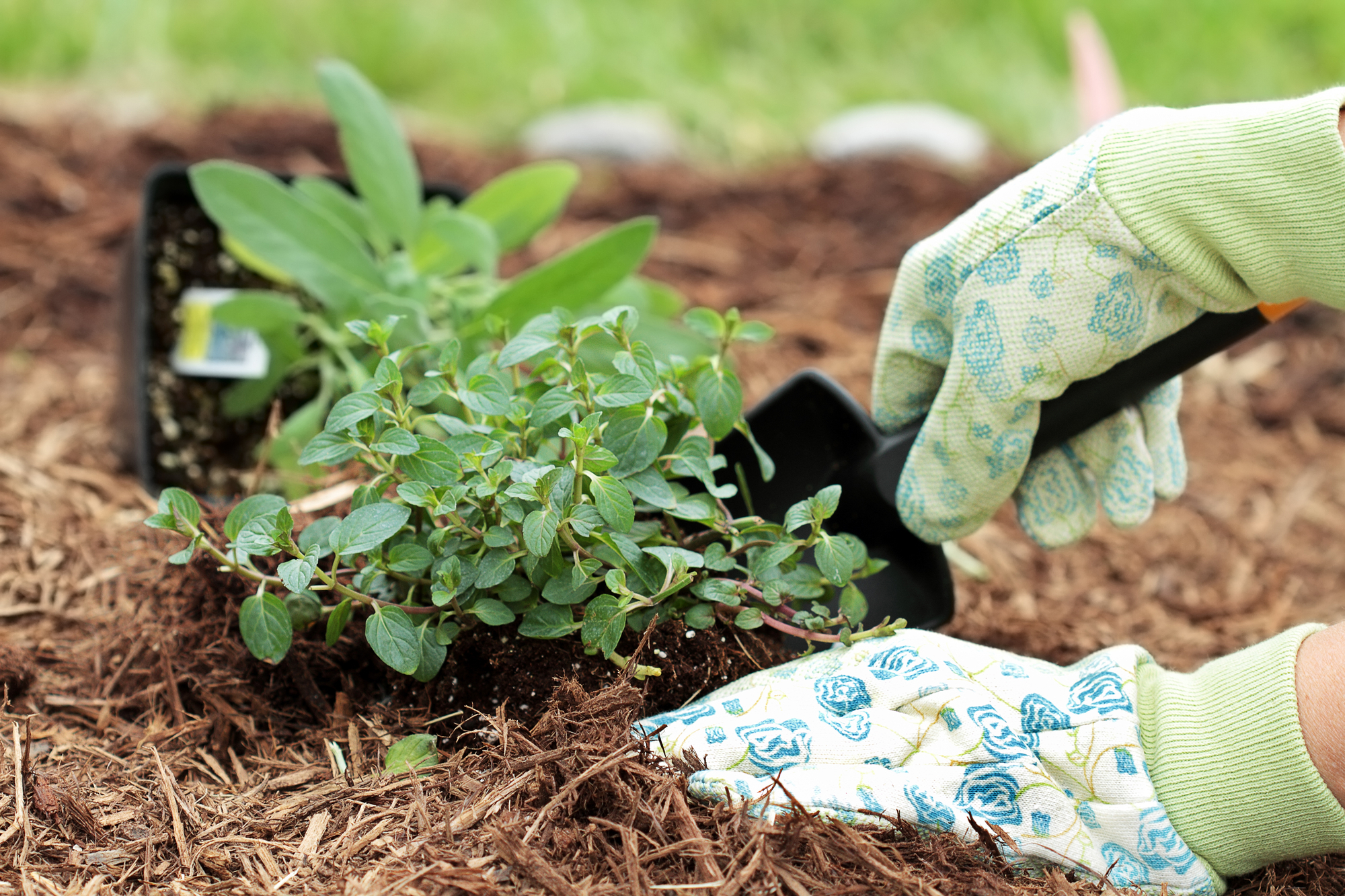
Spring has sprung! We can finally say goodbye to the threat of snow and freezing temperatures.
Your customers’ attention will soon turn to Mother Nature, and mulching will be high on their priority list.
If you want to wow them with your expertise, keep reading. Our guide to spring mulching has all the information you need to keep lawns and gardens looking tip-top.
Don’t Jump the Gun
It may be tempting to get out there and work as soon as it’s warm, but don’t mulch too early.
Mulching too early can trap cold moisture in the soil, preventing it from drying out and allowing plants to emerge. Mid to late spring is the best time to mulch: By then, the beds should be warmed and sufficiently dry for work.
The exception? If you are mulching bare soil that will not be planted, such as playgrounds with certified playground mulch, go right ahead.
Prep
If you’re planning on mulching later in the spring, there are steps you can take to prep now.
- Evaluate existing mulch: Has it broken down so that it’s almost indistinguishable from dirt? If so, it will no longer be productive this season. Gently work it into the soil as an amendment along with some compost. If it has kept its original look and feel, then you can re-use it and add fresh mulch as needed.
- Gently fluff mulch that you are keeping in landscape beds: You want to take care to avoid young plants, emerging bulbs, and compacting the soil. Fluffing the mulch will improve air and moisture circulation. If you need to remove old mulch, do it gradually over time as temperatures warm.
- Make sure emerging perennials are not smothered with mulch so they can take hold as the growing season begins.
Ready, Set, Mulch!
You’ve evaluated current mulch conditions, waited for the soil to warm up and dry out, and now you are ready to start spring mulching.
Mulch plays a vital role in any landscape. It can eliminate weeds, reduce moisture loss, control erosion, insulate the soil, and provide a finished, uniform look to the landscape.
To make sure your spring mulching stands out, get the messy work done first: Clean out beds, trim bushes and trees, weed, plant, and fertilize before you lay down fresh mulch. Edge naturally with a trench or install pavers or metal edging to keep things neat. Properly preparing landscape beds first means you won’t disturb the rich, beautiful layer of mulch you lay down later.
A high-quality, clean organic wood mulch is best for most applications. Here are some tips to keep in mind:
- Triple-shredded mulch will provide a smooth, uniform appearance that not only looks great but also breaks down more easily, enriching the soil
- A 2 to 3-inch layer is ideal
- Too much mulch can suffocate plantings and even promote root growth within the mulch layer, leaving the plants vulnerable to drought and extreme temperatures
- Too little won’t get the job done
- Plants do well when mulch is not placed directly against their trunks or stems – please, avoid the dreaded mulch volcano around trees in the landscape
Happy mulching! If you are looking to partner with a company that can consistently offer high-quality, natural or dyed, clean, triple-shredded wood mulch and certified playground mulch, contact us at (856) 692-0303.
